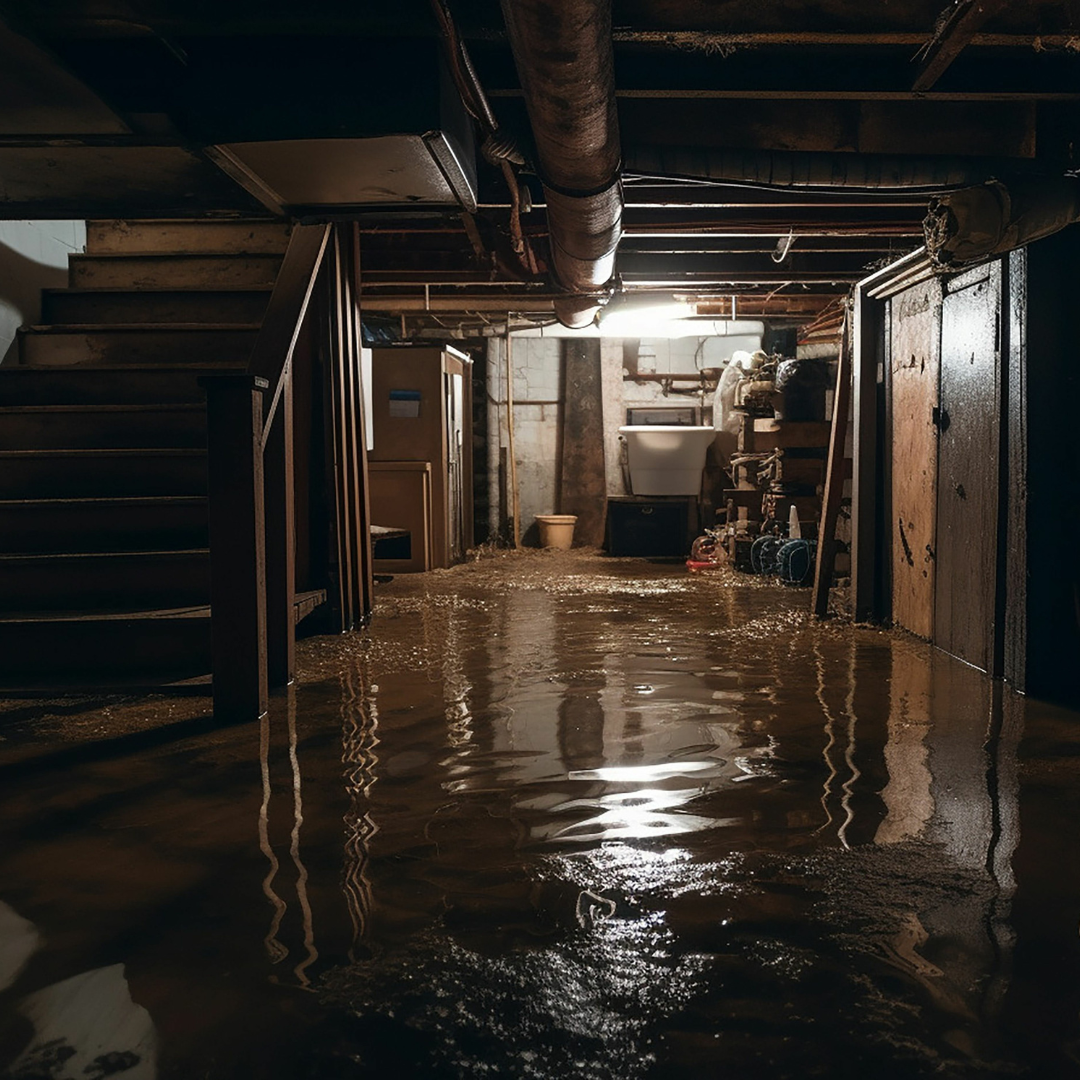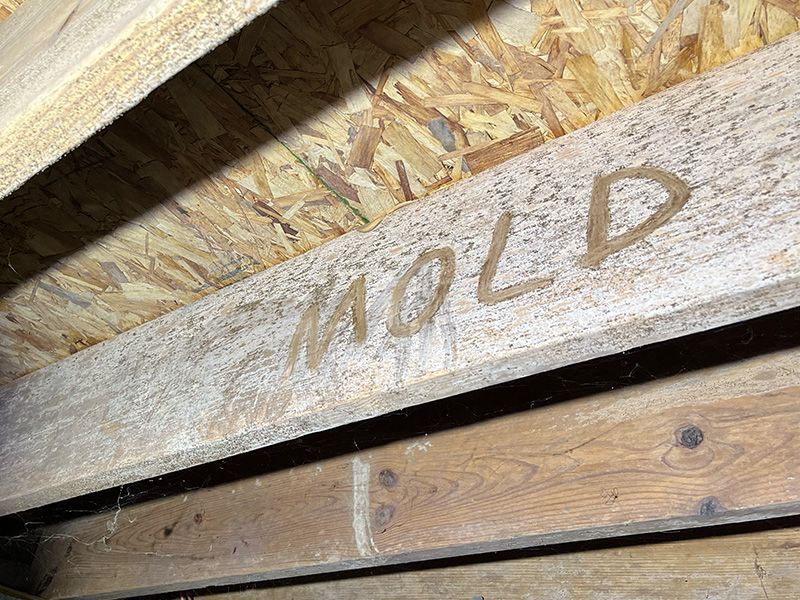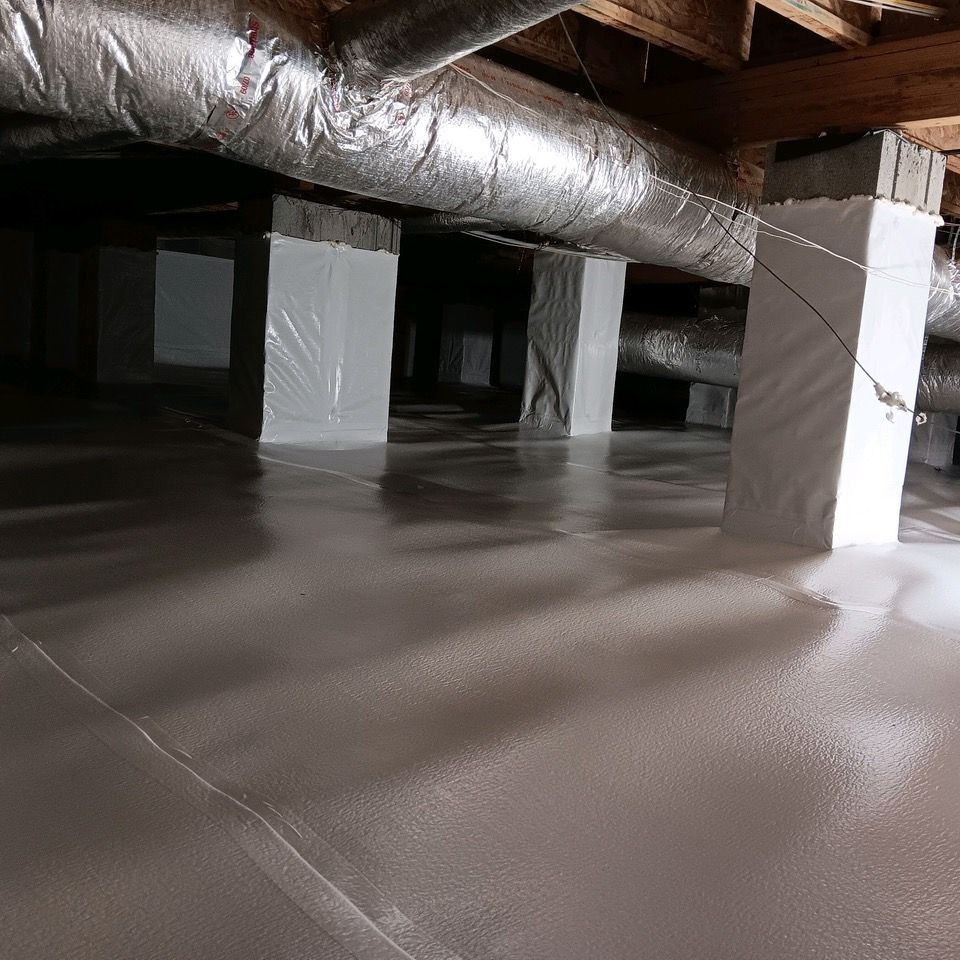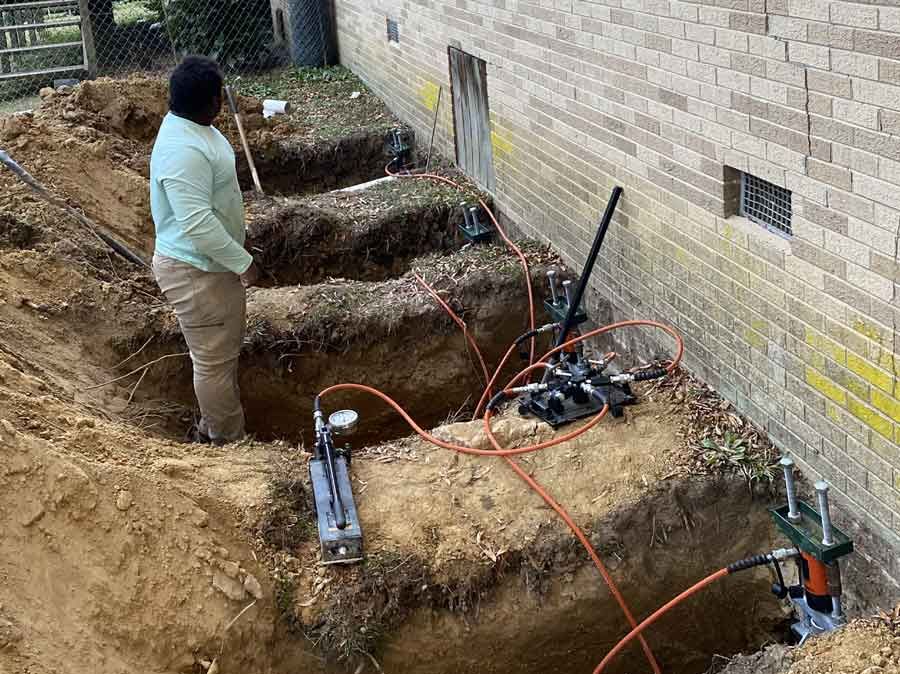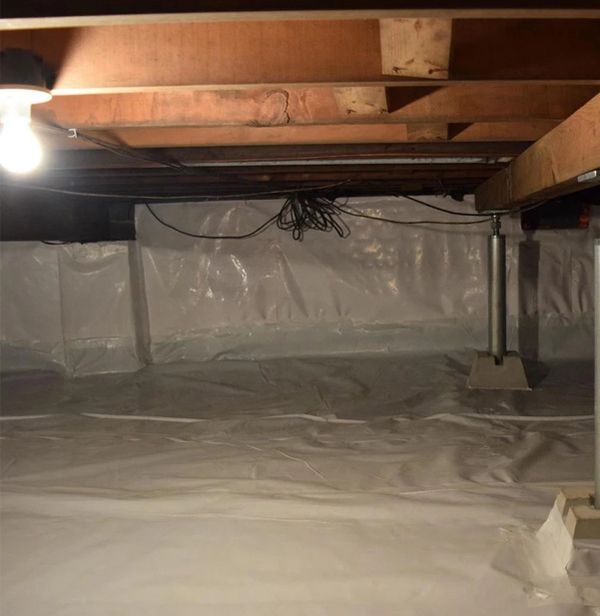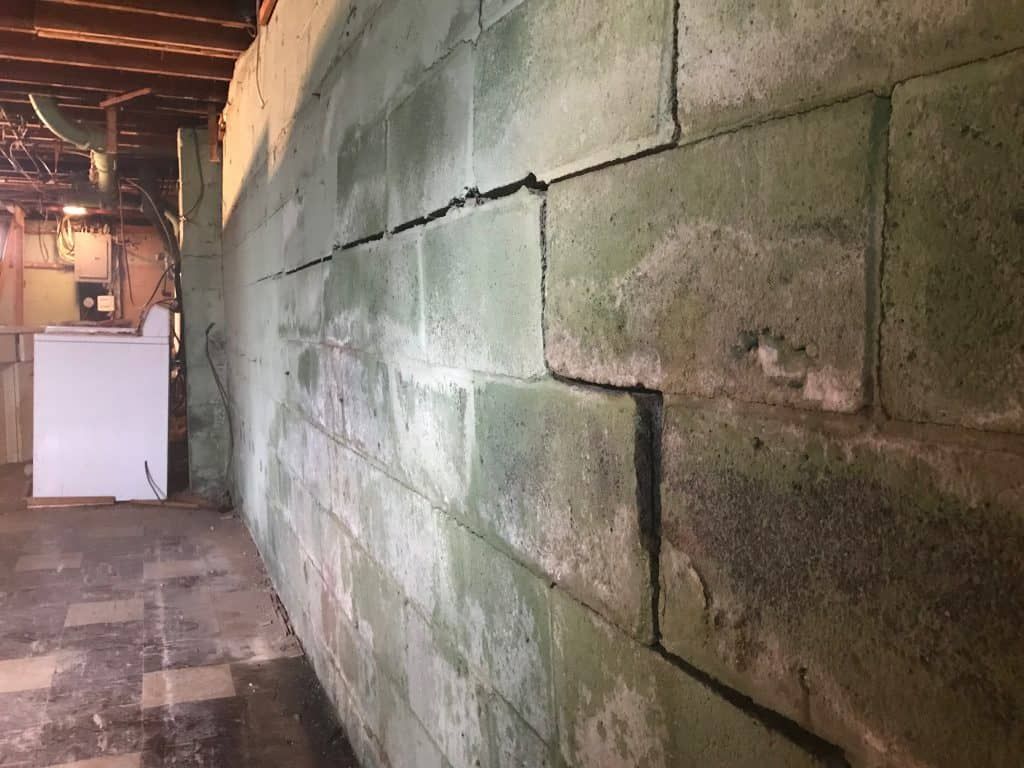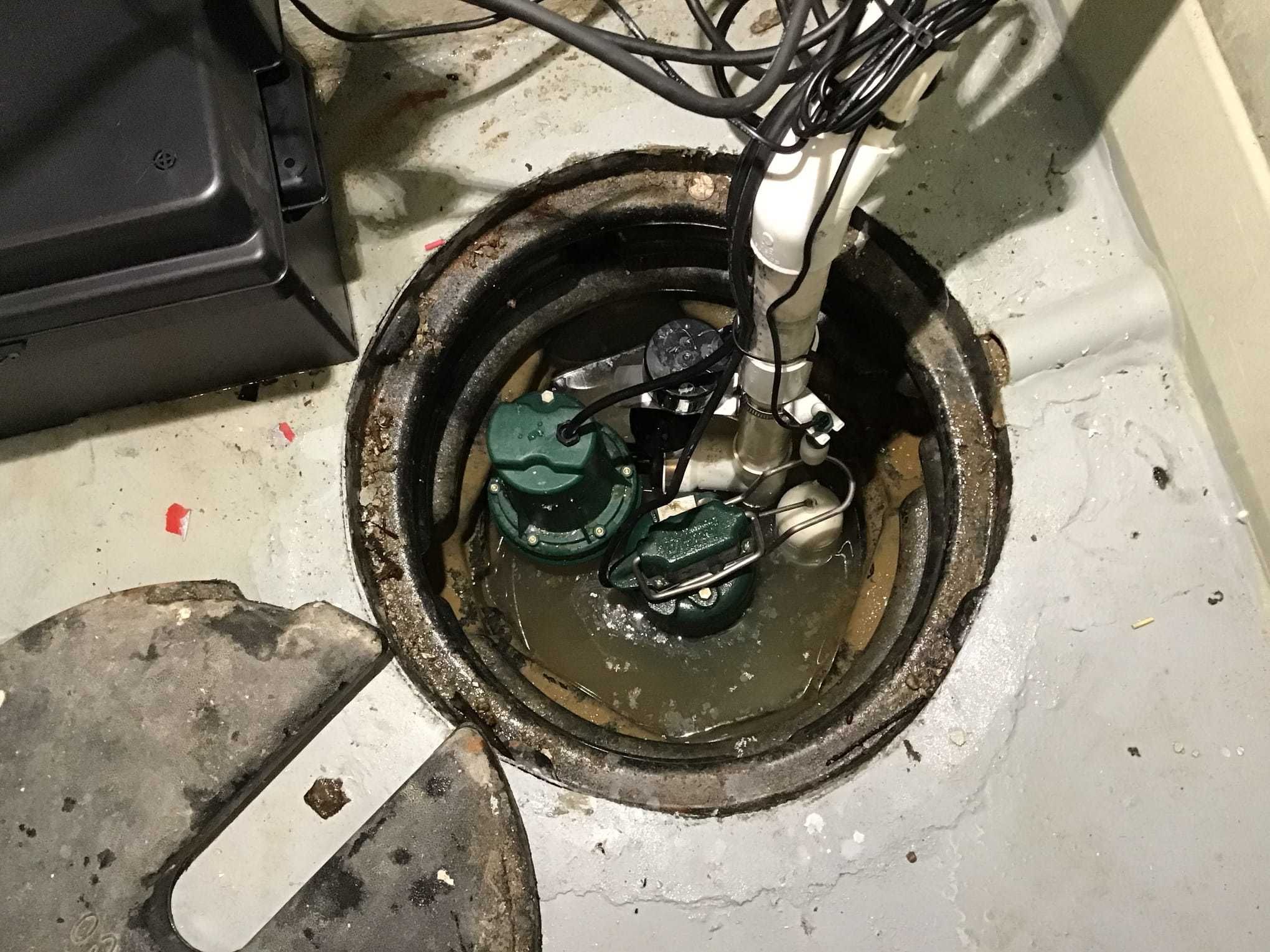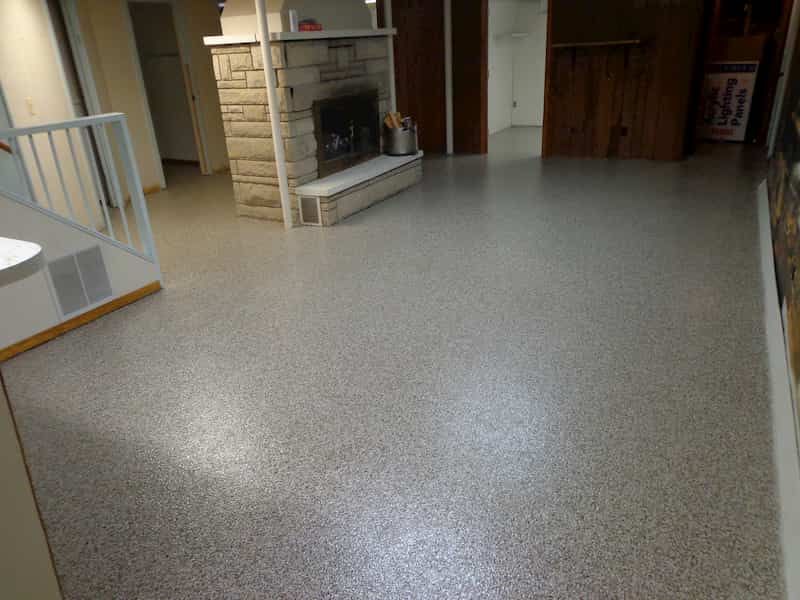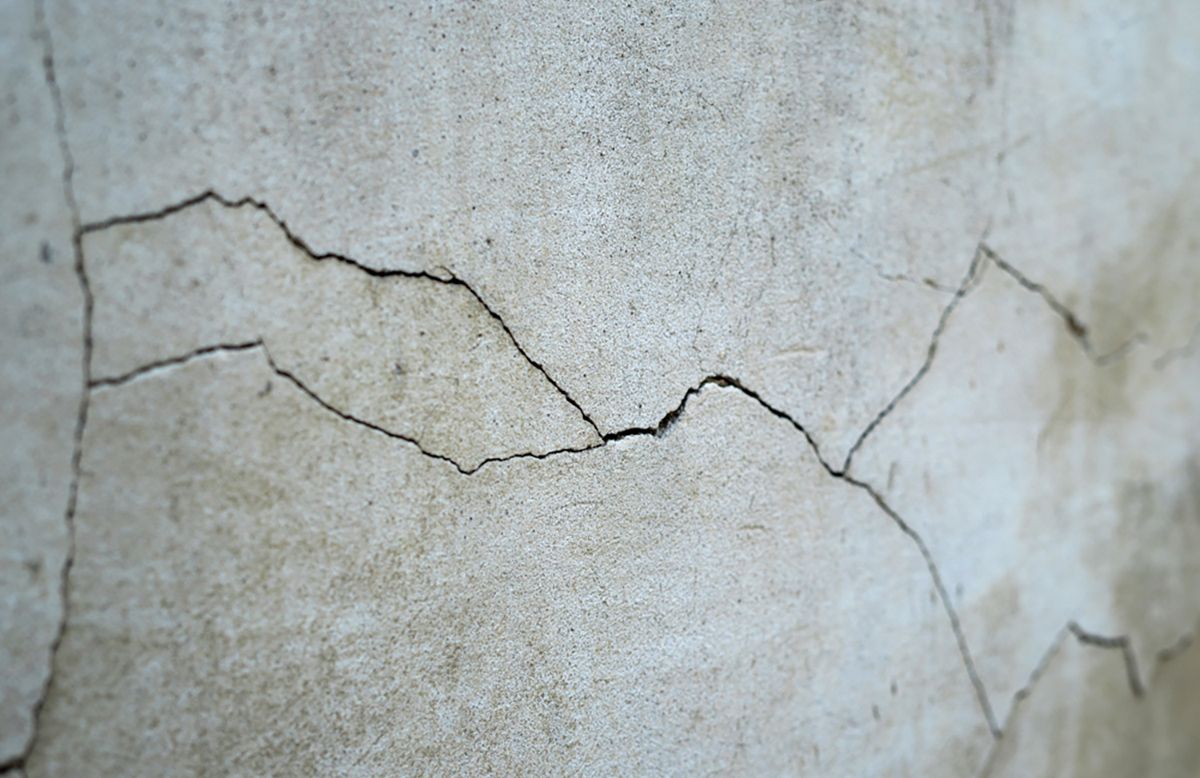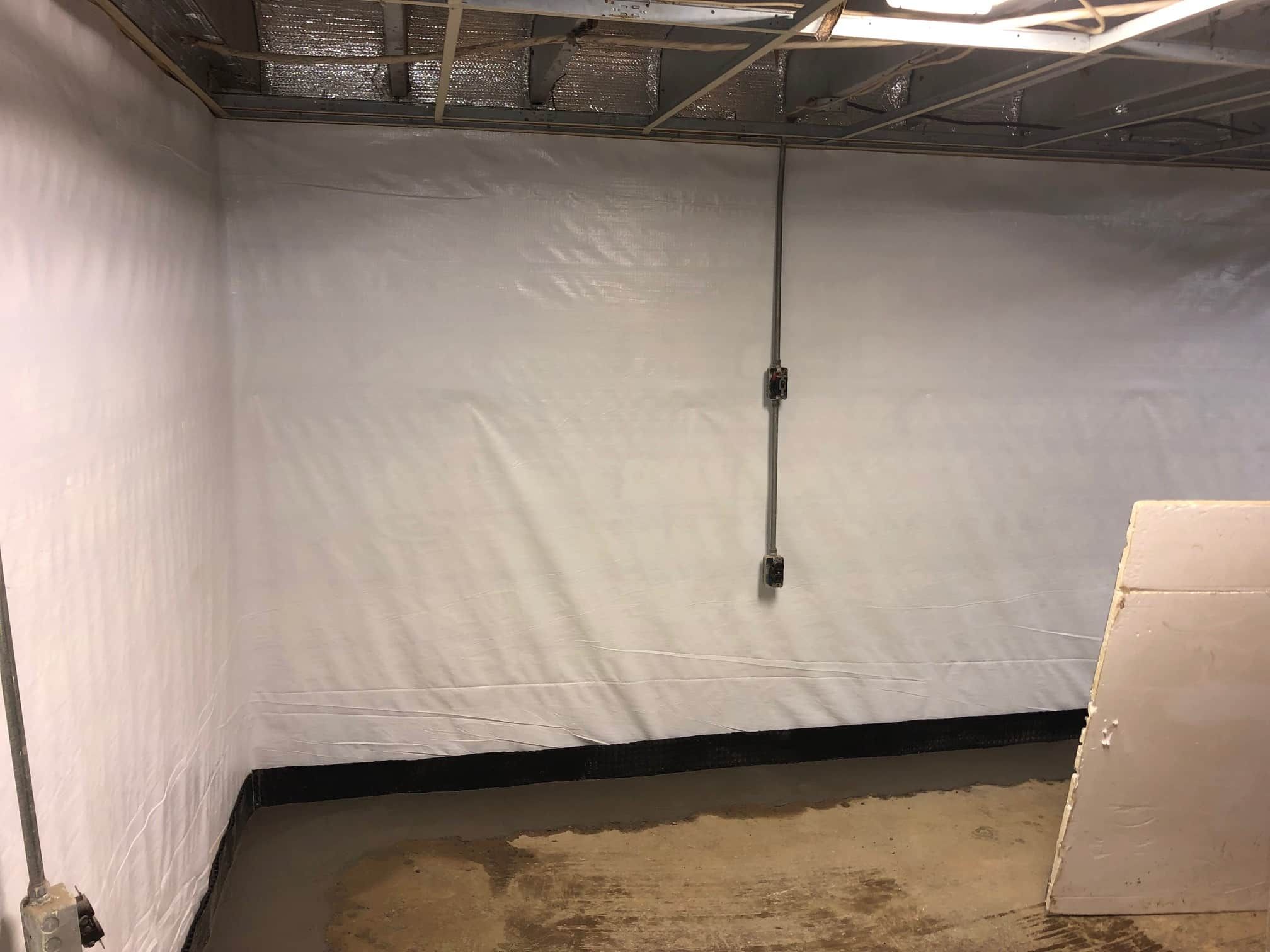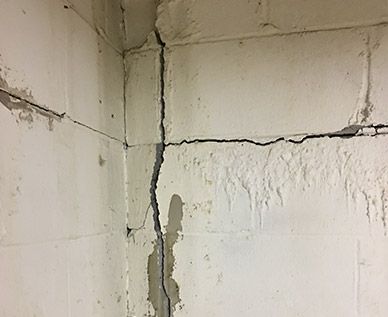
Should Crawl Space Vents Be Open or Closed?
Crawl space ventilation is a tricky topic for homeowners. Some say vents should stay open to maintain airflow, while others argue that closing them prevents moisture and pests. With such conflicting opinions, how do you decide what’s best for your home?
This comprehensive guide breaks down the pros and cons of open vs. closed crawl space vents and explores modern crawl space ventilation tips, including the use of crawl space air vent covers, to effectively manage your crawl space. By the end, you’ll have actionable advice to control moisture and keep your home’s foundation dry, energy-efficient, and structurally sound.
What Are Crawl Space Vents?
Crawl space vents are small openings strategically placed in the foundation walls of houses with crawl spaces. Traditionally, these vents were installed to improve airflow beneath the home, which was thought to reduce moisture and protect the foundation from damage.
However, advancements in building science challenge this traditional perspective, suggesting that unsealed crawl spaces might do more harm than good. Using crawl space air vent covers or sealing vents entirely may be more effective solutions to control moisture and safeguard your home’s foundation.
The Traditional Role of Crawl Space Vents
For decades, building codes required crawl space vents, believing that outside air circulating under the house would prevent moisture buildup. The logic seemed sound, but real-world outcomes have revealed some unintended consequences. Let’s explore both sides of the debate.
Benefits of Open Crawl Space Vents
While many experts now advocate for sealing crawl spaces, open vents are not without their supposed benefits.
1. Improved Air Circulation
Proponents of open vents believe that allowing air to flow beneath the house helps dry out moisture. The idea is that natural ventilation prevents dampness on floor joists and crawl space insulation.
2. Traditional Moisture Reduction
Historically, open vents were thought to reduce condensation in crawl spaces, especially in humid conditions. Improved ventilation was believed to help dry out any water vapor entering through the foundation.
But do these benefits hold up? Not quite. Keep reading to discover the hidden dangers of leaving crawl space vents open.
Drawbacks of Open Crawl Space Vents
Unfortunately, leaving crawl space vents open often creates more problems than solutions. Here’s why modern building science recommends against a vented crawl space.
1. Moisture Intrusion and Condensation
Rather than expelling moisture, open vents often bring warm, humid air into the crawl space. When this damp air meets cooler surfaces, it condenses, creating the perfect environment for mold growth, standing water, and wood rot.
2. Mold Growth and Structural Damage
Excess moisture caused by open vents not only affects crawl spaces but can compromise the home’s structural integrity. Mold thrives in humid crawl spaces, leading to the decay of wooden beams and joists.
3. Pest Infestations
Open crawl space vents can act as an open invitation for pests like rodents, insects, and termites. These unwanted guests can damage insulation, chew through wiring, and create hazardous living conditions.
4. Energy Inefficiency
Open vents make seasonal crawl space vent management essential, as they allow external temperatures to impact the crawl space, making it harder to regulate indoor temperatures. This leads to higher heating and cooling costs, driving up utility bills.
Benefits of Closed Crawl Space Vents
Now, let’s examine the advantages of sealing crawl space vents and creating a controlled environment.
1. Moisture Prevention
By closing vents and sealing your crawl space, you can significantly reduce the risk of outside air introducing moisture. This leads to a healthier space, free from mold growth.
2. Enhanced Structural Protection
Closed vents help maintain dry conditions under your home, protecting the structure from wood rot and weakening caused by excess moisture.
3. Energy Efficiency
Sealing crawl spaces creates a more controlled environment, stabilizing temperatures beneath your home’s living spaces. This reduces the strain on your HVAC system and lowers utility bills.
4. Pest Control
A sealed crawl space eliminates entry points for pests, protecting your home from infestations and the costly damage they cause.
Drawbacks of Closed Crawl Space Vents
While sealing crawl space vents has numerous benefits, it’s not entirely foolproof.
1. Moisture Trapping
If a crawl space isn’t properly sealed, closing vents could trap existing moisture inside, leading to mold and odors.
2. Stagnant Air
Without adequate moisture control tools like dehumidifiers, sealing vents may result in poor air circulation, causing foul odors or high humidity issues over time.
Seasonal Considerations and Climate Impacts
Should Crawl Space Vents Be Open or Closed in Winter?
Closed vents are highly recommended in winter to protect against cold air, which can lead to frozen pipes and heat loss.
Should Crawl Space Vents Be Open or Closed in Summer?
While some believe vents should stay open in summer for airflow, this often introduces humid air into the crawl space. Closed vents paired with crawl space encapsulation and dehumidifiers are a better solution.
Regional Climate Matters
Homeowners in humid climates, like the Southeastern U.S., benefit most from sealed crawl spaces since open vents exacerbate moisture problems. Meanwhile, homeowners in drier, colder climates might experience fewer issues with traditional venting.
Modern Solutions for Crawl Space Management
Today’s best practices go beyond the open vs. closed debate. Here are modern techniques to keep your crawl space dry and efficient.
Crawl Space Encapsulation
Crawl space encapsulation involves completely sealing your crawl space with a thick vapor barrier covering the walls and floor to block out moisture. Combined with closed vents, encapsulation is the most effective way to maintain a clean, dry crawl space.
Dehumidifiers
Installing a dehumidifier in a sealed crawl space ensures the air stays dry and free of excess moisture. It’s especially useful in humid regions or during warmer months.
Vapor Barriers
Vapor barriers are an essential part of encapsulation, preventing moisture from entering a crawl space through the ground and creating a strong line of defense against water intrusion.
Crawl Space Vent Covers
Crawl space vent covers block air entry, keeping bugs and moisture out. They’re a cost-effective first step toward better crawl space management.
How to Maintain a Healthy Crawl Space
Crawl space maintenance is key to preserving your home’s structural integrity and air quality. Here are a few tips for homeowners.
- Inspect Regularly: Check for signs of moisture, pests, or structural damage every season.
- Install a Drainage System: Ensure groundwater is diverted away from the foundation to prevent infiltration.
- Monitor Humidity: Use a hygrometer to keep humidity within the optimal range of 30%-50%.
- Schedule Professional Inspections: Experts can identify and fix potential problems before they escalate.
Make the Smart Choice for Your Crawl Space
While traditional wisdom favored open crawl space vents, modern building science clearly points to sealing them off as the best strategy for maintaining a dry, energy-efficient home. Vent encapsulation, coupled with solutions like vapor barriers and dehumidifiers, offers superior protection against moisture, mold, and pests.
If you’re ready to transform your crawl space into a clean, trouble-free environment, contact DFX Foundation & Waterproofing Experts today. With decades of experience in encapsulation and waterproofing, we’ll help ensure your crawl space works for—not against—your home.
Table of Contents
Other Blogs You May Be Interested In
